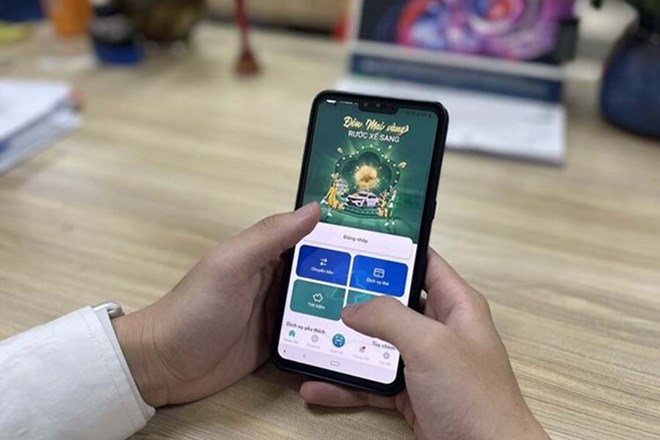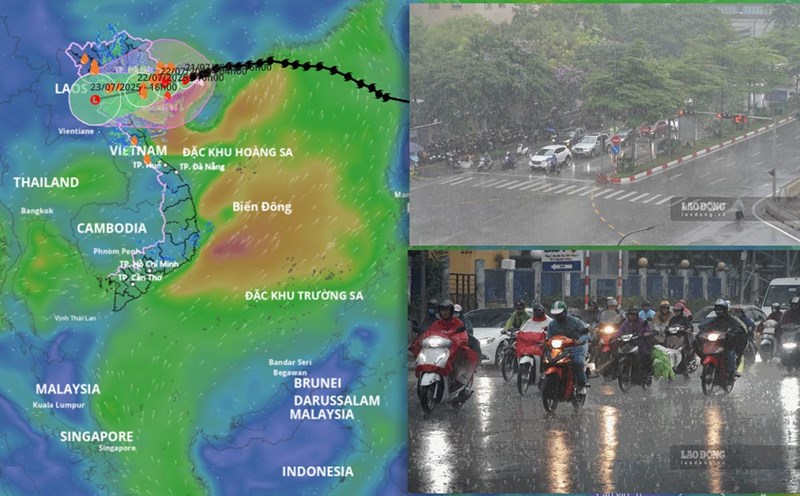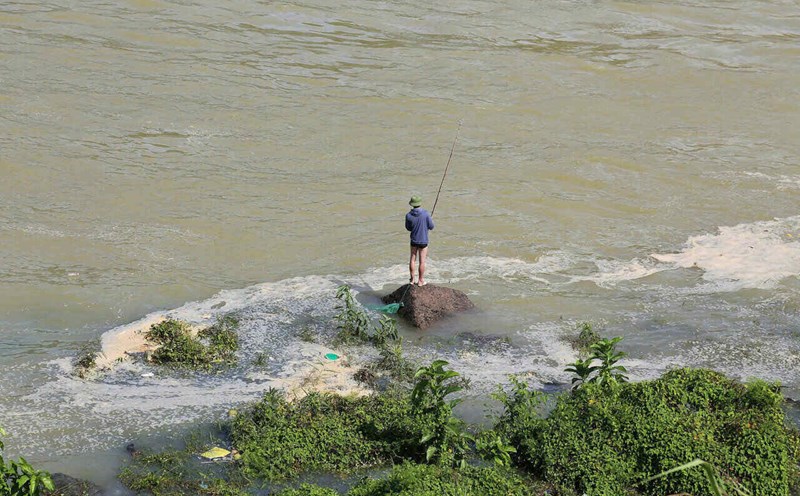The system, developed by researchers at Google, the US Geological Survey (USGS) and many other units, uses data from millions of phones to determine the earliest vibration signals from an earthquake.
When a group of devices records a signal about an earthquake, the system will mark and send warnings to other devices in the vicinity.
Research published in the journal Science shows that the network has detected more than 300 earthquakes per month. In areas where warnings were sent, 85% of those who later reported feeling the earthquake said they had received warnings. Of these, 36% received warnings before the fluctuations started, 28,5% received during the fluctuations and 23% received afterwards.
The study says that while the system does not replace traditional seismic sensors, it could provide an expanded early warning tool and low cost for areas without a deep scientific network. The authors say it is especially promising for developing countries, where smartphones are popular but seismic measuring devices are rare.

In a statement, Google said the system could provide people with "a few precious seconds of warning before the earthquake begins," to " Stay away from dangerous objects and seek shelter."
The warning is based on the detection of P waves ( elementary waves) moving rapidly, appearing before S waves (secondary waves) with greater destructive power in earthquakes. If there is enough phone to detect P waves, the system will send a warning to users, who may only have a few more seconds to feel the shaking. These seconds may be enough for them to seek shelter, or temporarily stop their work to ensure safety.
The Android Earthquake Warning System, which began in 2020, is currently operating in several countries including the US, Japan, Greece, Turkey and Indonesia.
This system is integrated directly into the Android operating system and does not require users to download a separate application. Although the accuracy is not as high as that of a scientific sensor, researchers found that smartphones are most efficient at giving warnings in urban areas, where phone density is high and data connectivity is stable. In rural areas, coverage is scarce and the detection rate is slower.
The study is based on community-contributed seismic initiatives such as the MyShake app, but has the advantage of being localized on millions of devices.
"We believe that community mobilization systems will become increasingly important. By combining traditional sensors with data from personal devices, we can build more comprehensive and flexible early warning systems, the researchers shared.











